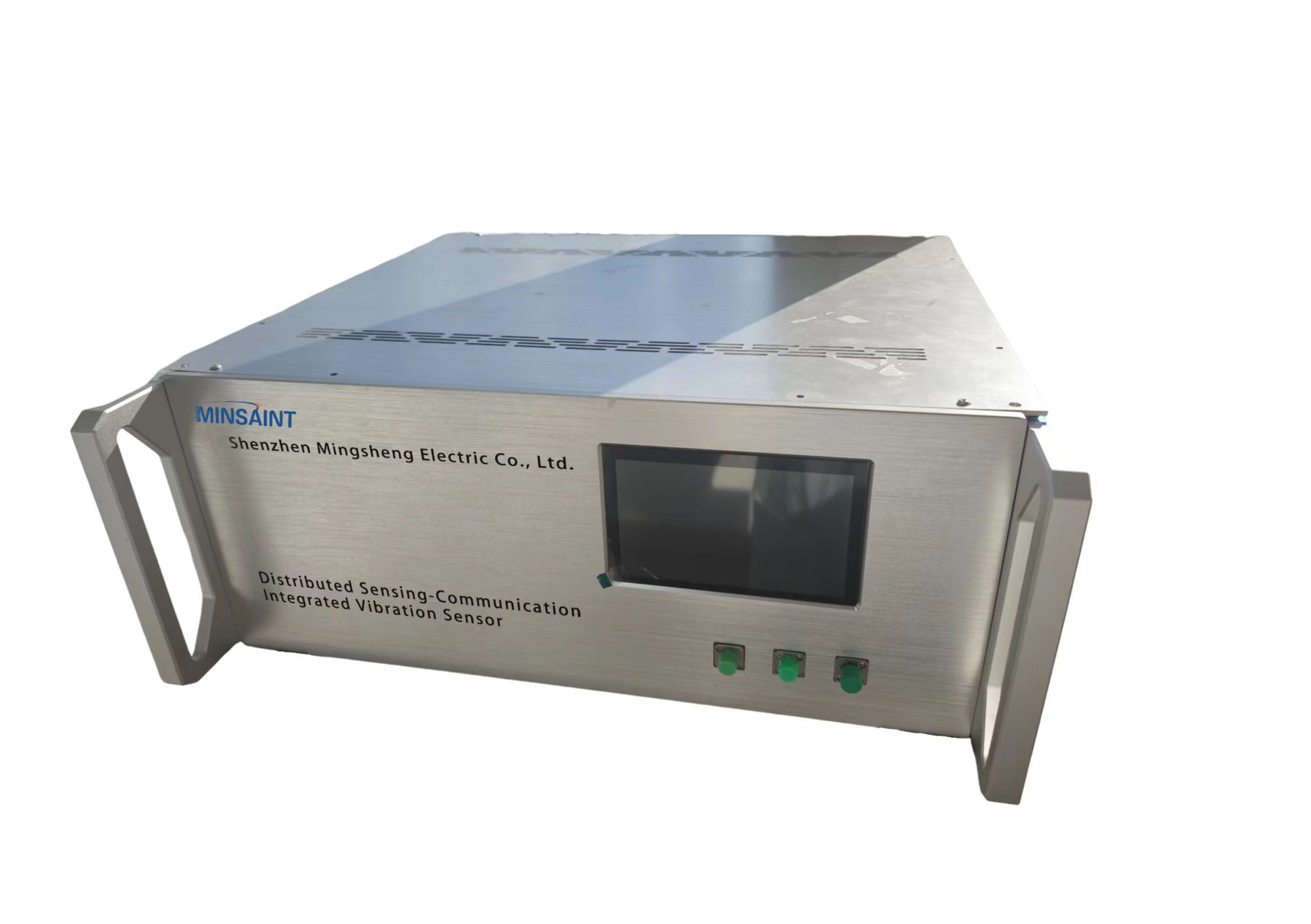In the realm of digital electronics, circuits play a pivotal role in the processing and manipulation of information. Understanding the various types of digital circuits is crucial for engineers, technicians, and enthusiasts alike. In this blog post, we will delve into the intricacies of digital circuits, exploring their classifications, functionalities, and real-world applications.
- Combinational Circuits:
Combinational circuits are the building blocks of digital systems, where the output solely depends on the current input. These circuits employ logic gates to perform operations such as addition, subtraction, and comparison. Examples include multiplexers, decoders, and arithmetic logic units (ALUs). Combinational circuits find applications in data processing, control systems, and arithmetic operations. - Sequential Circuits:
Unlike combinational circuits, sequential circuits possess memory elements, enabling them to store and process information based on past inputs. These circuits utilize flip-flops and registers to retain data, allowing for sequential operations. Sequential circuits can be further classified into synchronous and asynchronous circuits. They are widely used in memory units, counters, and digital signal processors (DSPs). - Arithmetic Circuits:
Arithmetic circuits specialize in performing mathematical operations, such as addition, subtraction, multiplication, and division. These circuits employ adders, multipliers, and dividers to execute complex calculations. Arithmetic circuits are integral components of microprocessors, calculators, and digital signal processing applications. - Memory Circuits:
Memory circuits are responsible for storing and retrieving digital information. They can be categorized into volatile and non-volatile memory circuits. Volatile memory, like Random Access Memory (RAM), temporarily stores data during system operation. Non-volatile memory, such as Read-Only Memory (ROM) and Flash memory, retains data even when the power supply is disconnected. Memory circuits are extensively used in computers, smartphones, and embedded systems. - Control Circuits:
Control circuits govern the overall operation and synchronization of digital systems. These circuits utilize finite-state machines, counters, and timers to control the flow of data and manage system behavior. Control circuits are crucial in applications like automation, robotics, and digital communication systems. - Interface Circuits:
Interface circuits facilitate communication between different digital systems or components. These circuits convert signals from one format to another, ensuring compatibility and seamless data transfer. Examples include Universal Asynchronous Receiver-Transmitter (UART), Serial Peripheral Interface (SPI), and Inter-Integrated Circuit (I2C) interfaces. Interface circuits are vital in networking, sensor integration, and multimedia devices.
Conclusion:
Digital circuits form the backbone of modern technology, enabling the efficient processing and manipulation of digital information. By understanding the different types of digital circuits, professionals can design, analyze, and troubleshoot complex systems across various industries. From combinational circuits to interface circuits, each type serves a unique purpose, contributing to the advancement of digital electronics.








+ There are no comments
Add yours